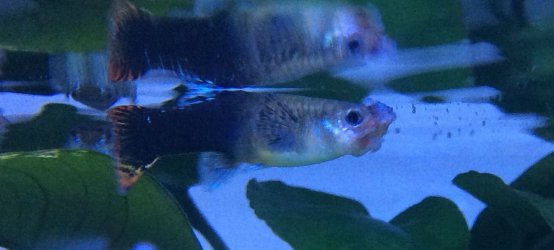Thanks for your help. I have already ordered a kit and now waiting for it. However, I still have a few questions and problems.
1. I got both cardinals and guppies because I asked the person selling fish and he said both can be kept in the same conidion. I suppose I got scammed as your reply stated that Cardinals need soft water, and guppies need hard.
2. In these few days, I am still trying to look up the water type of my water supplier, but from observations (the guppies are still getting sick with some even dying), I guess the water is soft.
3. When I bought my guppies, the salseman said that these guppies have already reached sexual maturity (and that's how I got my fry). Does that really mean that it's already around at it's maximum size?
4. Now that I got around 15-20 guppy fry, I had to buy a smaller tank (I got one that hung on the edge of the larger tank) to avoid the small fry being "scared" or being mistaken as food. Since I already have a plant in my tank, do I just let the fry hide themselves, or use the tank? If so, is 10cm X 10cm X 10cm large enough?
Thanks very much for your assistance and advice.



